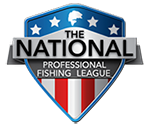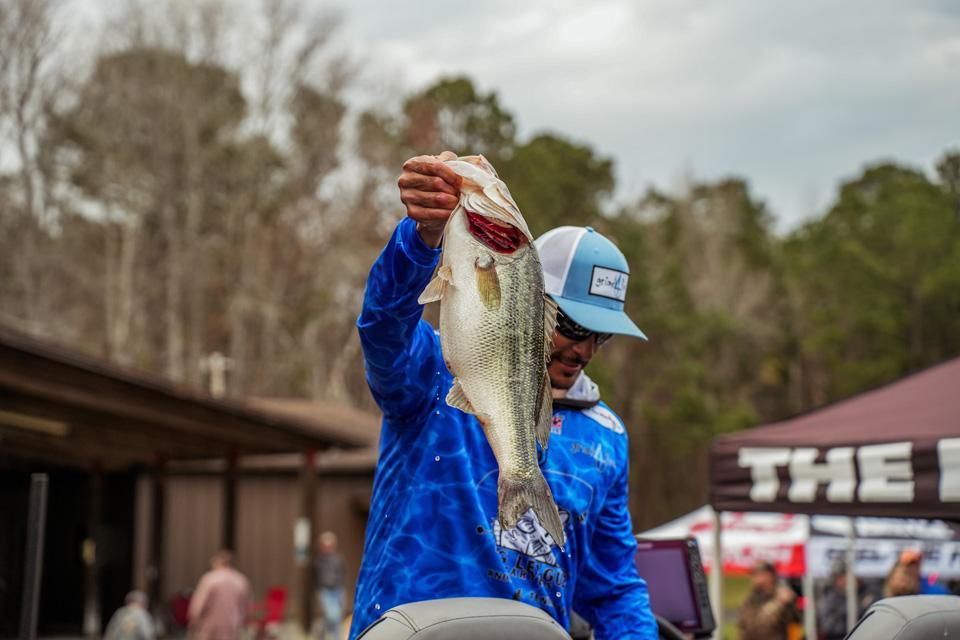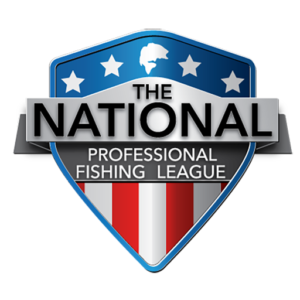Story by Robert Wroblewski | Photos by Tanner & Travis Lyons
I can still picture it like it was yesterday. I was in my teens, standing on the edge of a lake in Florida, rod in hand, tossing out one of my favorite baits, the soft plastic jerkbait, better known to most as a fluke. Back then, my go-to color pattens were simple but deadly: watermelon seed with red or gold glitter.
Those colors had a magic to them, a way of making bass commit without hesitation. I spent countless days skipping that bait across the surface, twitching it just right, and feeling that sudden thump before setting the hook. It was pure fishing joy, and it hooked me for life.
As the years went by and decades passed, I tried just about every new bait and technique that came along. I’d set the fluke down to experiment with swimbaits, topwaters, jigs … you name it. But no matter how far I strayed, I always seemed to circle back to that soft plastic jerkbait. It was like an old fishing buddy, reliable, consistent, and always there when you needed a bite.
When I left Florida and moved to North Georgia, I found myself fishing clear herring lakes for the first time. That’s when the fluke made its way back into my main rotation in a big way. Those fish love chasing bait, and the fluke’s erratic, darting action mimics those herring perfectly. It was almost like the bait was made for that style of fishing.
These days, my preferred choice is the Bruiser Baits Rad Shad. It’s got a subtle tail action that sets it apart from the rest. Most traditional flukes have that side-to-side dart, but the Rad Shad adds a little extra wiggle in the tail that seems to seal the deal. I’ve always believed that when you can take an old-school bait and give it just a little more natural action, it becomes even more effective. In my eyes, it’s like taking a classic car and putting a better engine under the hood, it still has that timeless appeal, but now it performs even better.
The fluke has a long history in bass fishing, and, over time, different companies have put their own spin on it. Shapes, sizes, materials, and colors have evolved, but the core idea remains the same, a soft plastic bait that perfectly imitates a dying baitfish. It’s a concept that has stood the test of time, and I don’t see it going away any time soon.
This year, I’ve thrown the Rad Shad at Lake Norman, Douglas Lake, and the St. Lawrence River, each time in a different way. At Lake Norman, I primarily pitched it underneath docks, using it to lure fish out from the shade. It was almost like calling them out of hiding, one twitch at a time. On Douglas Lake, I worked it along bluff walls, letting it glide and fall in front of the bass. Then there was the St. Lawrence River where I caught my personal best smallmouth on it. That fish crushed the bait mid-retrieve in that crystal clear water, and it’s a moment I’ll never forget.
Rigging the bait is straightforward, but I have two main ways I like to do it. The first is weedless, which is perfect for heavy cover like grass or thick wood where you need to keep the bait clean. The second is on an inline treble hook, which is what I’ve used most of the time this year. The treble increases your hookup ratio, especially in open water situations where cover isn’t an issue.
The beauty of a soft plastic jerkbait is that it works just about anywhere in the country: Florida grass flats, Georgia herring lakes, northern smallmouth waters … it doesn’t matter. The presentation is simple, the action is deadly, and the results speak for themselves.
If you want to see exactly how I rig mine and the retrieves I use, check out my social media. I’ve got step-by-step tips on how to make the most of this timeless bait.
Whether you’re chasing your first bass or your next personal best, I can promise you this: the fluke still gets it done!
Robert Wroblewski – Angler Profile





